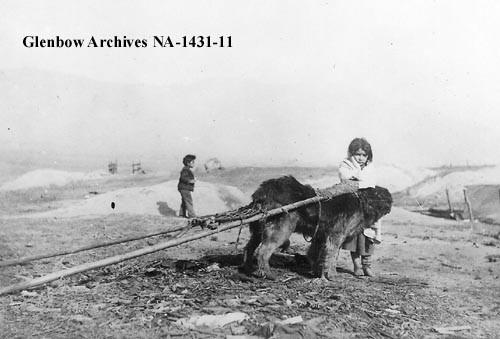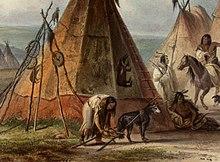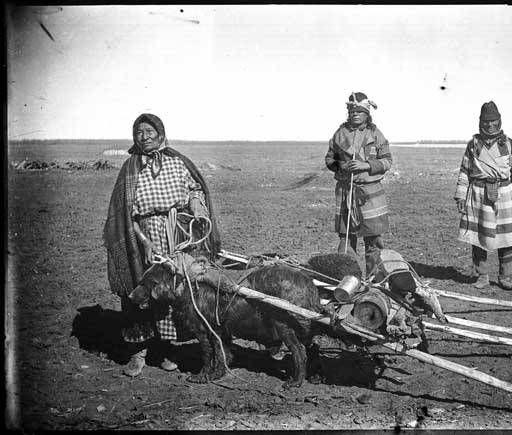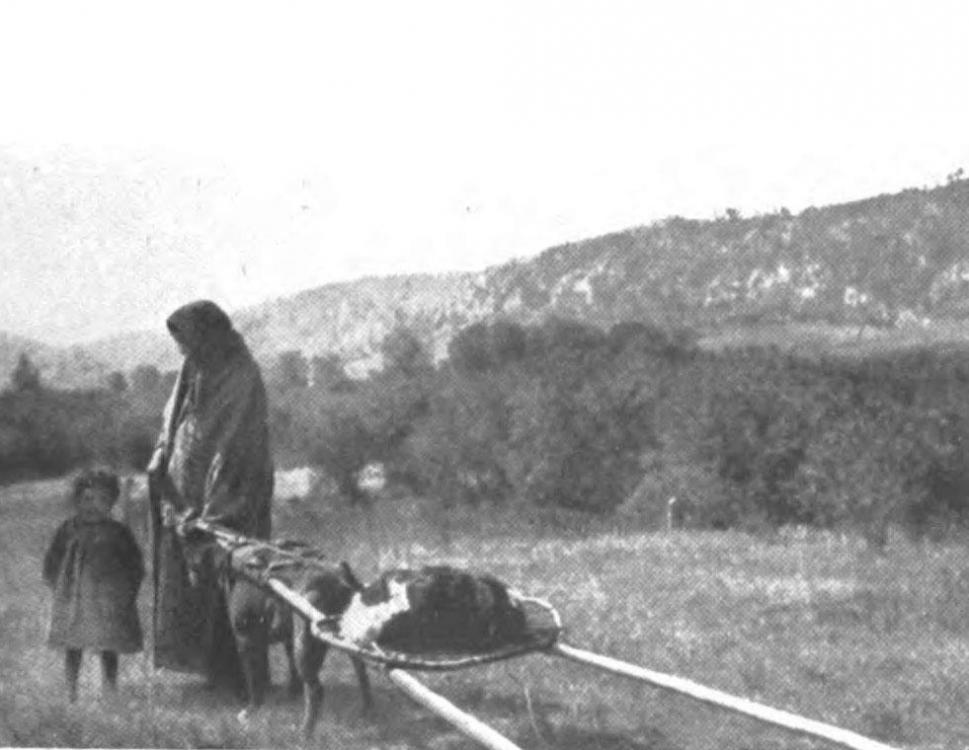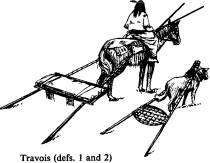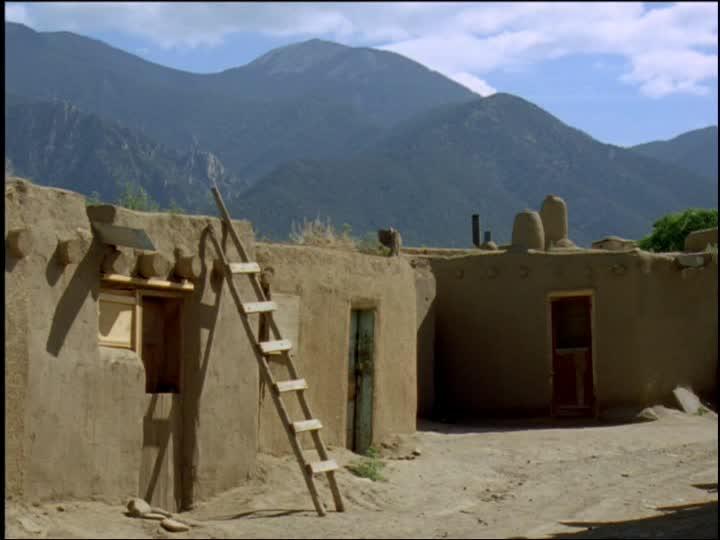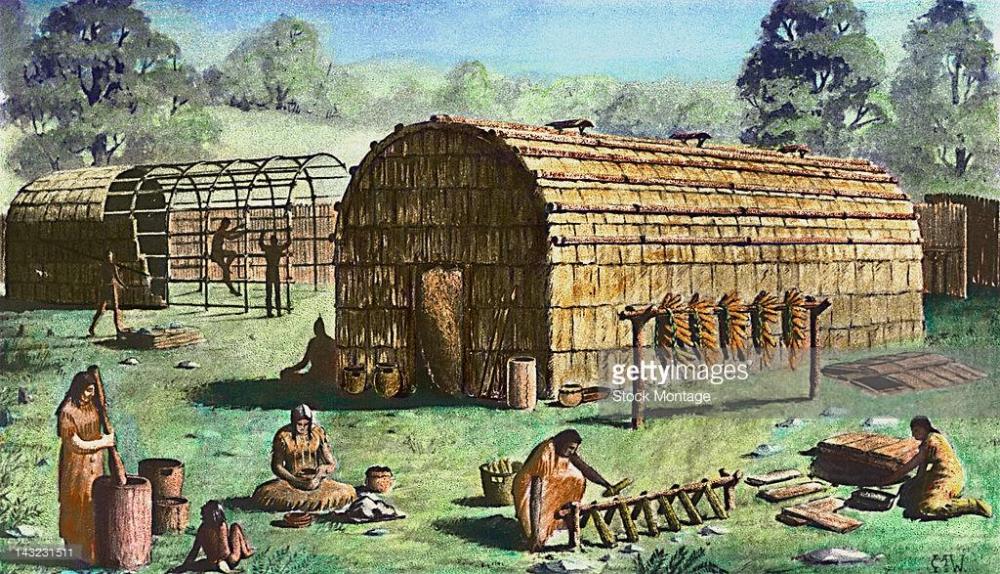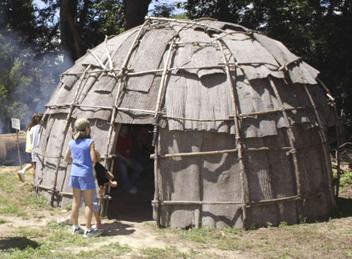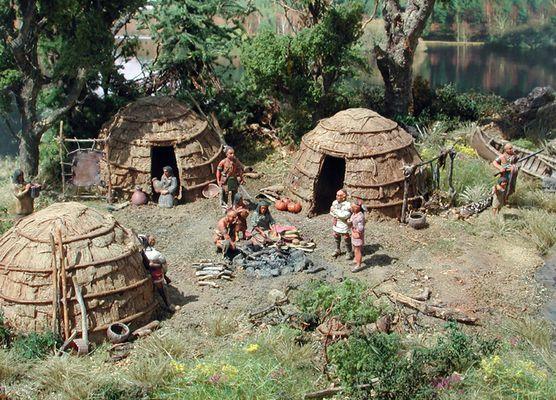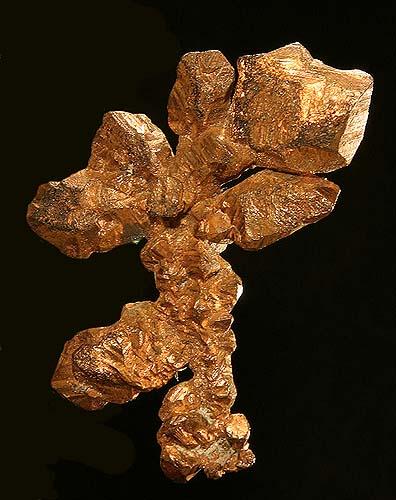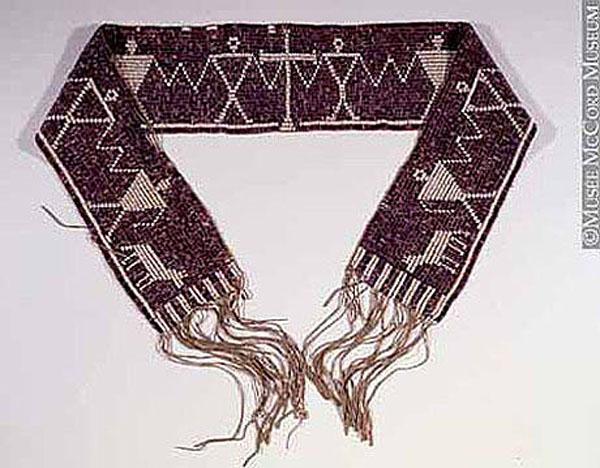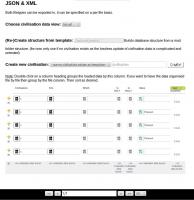Search the Community
Showing results for tags 'civilisation'.
-

A26 civilisation analysis - how to choose your civs
Yekaterina posted a topic in Gameplay Discussion
This is a guide to help new players to choose which civilisation to play with, before each match. Pro players can ignore this. 1. Some general comments Civilisations in A26 are quite well balanced, especially with community mod, so there is no absolute best civ. The best civ for you is the one that suits your strategy / playstyle. Try to explore different strategies with each civ so that you get a good overview of what's available to you in each situation. If you haven't beaten the AI yet, try to practice with one civ until you have mastered it, then switch to others. 2. What makes a good civ: Being flexible in strategies: wide variety of unit types available. Can succeed in different terrains, biomes as well as naval battles. Strong economy: additional farming upgrades, gathering bonuses, etc. 3. Considering specific cases: Houses: Some civs have houses which increase your population capacity by 5, while other have that by 10. 5-house civs are generally more flexible in early games and gives your a slight advantage in wood if you want to research techs very early on. However, in late game, 10-house civs require much less attention to housebuilders and housing would unlikely be a obstacle to your population development. In addition, the building of 10-houses are more efficient as units have to walk less. Ranged units: in 0ad, the longer the unit's range, the less damage it does and the slower it moves. So javelins do the most damage per second while archers do the least. However, in some obscure landscapes such as gorges or densely built cities, the extra range of archers allows them to snipe the enemy without moving into the treacherous areas. This can minimise your losses and give you an advantage over your enemy if they only have javlin units. In addition, archers' additional range makes them perfect hit and run units; they can deal extra damage to any retreating enemy. However, in a prolonged confrontation on flat, open ground, archer's low damage will result in certain loss against javlins or slingers. Archers - longest range (60m-66m), walks slowly - not great for early economy but great for mountainous maps and urban fights in city lanes. Slingers - have extra crush damage, effective against buildings as well as humans. (45m) Can be used as replacements for siege weapons. Crossbows - Shoots a very high damage projectile every 3 seconds (45m-60m) Javlineers - high damage but low range (35m) - allows for fast economical development and wins you any close-range firefight behind the melees. Melee units: each type has a different use and no civ offers all of them, so choose wisely depending on your need. Melees are most often used as meatshields by pro players, to protect their ranged units who output the most damage. These values can be looked up in the structure tree. Swordsman - deal the highest damage per second but cost metal. The main damage type is hack, making them perfect against enemy siege weapons. Spearman - great againts due to their 3x bonus. However, they are less effective than swordsman at infantry and siege, although still decent. Pikeman - slow-moving but tanky units with double the armour of spearman and swordsman. Perfect meatshields but do little damage. Halberdier - Chinese variation of pikeman, stated between a normal pikeman and a spearman. Clubman / Maceman - deal huge crush damage; they can destroy buildings and siege weapons very quickly but are ineffective against other units. Champions, siege and heroes: if you are looking for a particular hero's bonus or a particular type of champions, e.g. elephants, then obviously choose a civ which has them. 4. Some personal recommendations If you are very new and have no idea what you want or what's ahead of you, Romans and Spartans are 2 good starting points in this alpha. These 2 have quite a simple structure tree so it's easy to get used to; they both have strong melee units and javelineers, allowing you to win any close-range confrontations against an AI. In addition, both have some strong champions for late game. Romans have an extra powerful model of catapult and entrenched camps which will help you in siege attacks, while Spartans have supercharged infantry units, namely the Skiritai Commandos and their heroes Brasidas and Leonidas. Their lack of archers is compensated by having bolt shooters. Stay away from Han and Ptolemies. Han is bugged in original A26 and has a very unique but complicated structure tree; their lack of javelineers and slingers will make defending against early attacks a bit more difficult. However, they do offer some very overpowered techs, heroes and the additional 10% maximum population in late game. Ptolemies' buildings are constructed very slowly, on top of that, being a 5-house civ, it's very easy for your development to be slowed down by the lack of houses. Also, their heavy reliance on mining also makes the civ difficult to play with. However, their buildings to cost much less than other civilisations, so you can save up wood for earlier techs and early infantry. Gauls are Britons can also offer very strong armies and rapid rates of economic development. However, they are more effective at killing enemy units than destroying their buildings. If your enemy decides to surround themselves with walls, towers and fortresses with swordsman inside, then it would be a challenge for Britons and Gauls to siege them. They are 5-house civs, which may or may not appeal to you over the 10-house Romans and Spartans.- 3 replies
-
- 5
-

-

-
- civs
- civilisation
-
(and 1 more)
Tagged with:
-
Amerindian I think to challenge the Zapotec's we need the Amerindians in the Terra Maga mod. The major external threat from the north are hunter gatherer tribes, that farmed when they could, from northern Mexico's deserts. The Mesoamericans called them Chichimeca which may mean dog people. It’s hard to see how the Chichimeca could be a threat if there is not an influx of peoples from further north replacing losses. One major Amerindian tribe in Arizona is the Chiricahua a similar sounding word. Could and Aztec simply messed up the tribal name creating a new hybrid word? Phil Barker and Richard Brodly Scott in DBM army lists [De Bellis Miltitudinis] raises the possibility that they may have been from the Pueblo cultures. They cite linguistic connections as I do above. They don't give useful references or argument on page 41 of book 3. Another author, Aurelio Locsin III in the Gurps Aztec RPG argues that they may have been southern coastal plains Indians. Known as Atakapans [Texas/ Rio Grande]. Essentially the same thing. These are not primary sources. We are just about the only games project that does that. This is all also outside the time frame, post 500 AD. However, there are north facing defences in the Zapotec valleys. The technology it not different from 300 BC to 1600 AD. Trade with Amerindians north of the Rio Grande did occur. Amerindians also fit the game in another way, they had metals. Most do not know this. While they did not smelt any metal, there were native copper rocks in the glacial till across North America. Native copper does not need to be refined or smelted. These were cold hammered into jewellery, sacred items and tools. Copper weapons were found; often axes, tomahawk, knives and scrapers. Copper does not make good swords, so swords are rare. Corn does not need sickles to harvest so sickle swords are not found. Metal weapons may have been limited because it was too valuable to waste or risk and lose on the battlefield. Not all tribes had metal but not all European towns, villages and tribes had metals either. https://en.wikipedia.org/wiki/Metallurgy_in_pre-Columbian_America#Northern_America North America did not have a written script. However, wampum was a proto-script. Wampum were beads forming a 2-dimensional mat. The colour patterns conveyed names, a few patterns were either ideograms or places. All tribes and family had a wampum name. It was mainly for treaties and deals. There are papers on it being an idiographic memory aid and proto script I'll see if I can find them. It was not money, but it was mistaken for money and used as money by the white people [that could not read it.] The most famous wampum were treaty documents not payments, but some were gibberish that the Indians politely accepted. It was never a full language like others, but it was heading there. Several written languages were produced by Christian missionaries on contact. Some draw on the wampum patterns. So not a written language but then we have no translatable Xiongnu or Scythian scripts or works either. https://en.wikipedia.org/wiki/Wampum Another reason to do the Amerindians that we get a nomad civilisation without the horse. That is something no other game has tried. Note: I do want them to have horses in the game but not at the start and not easily, obtained with a Hero unit. The main draft animal in North America was the dog. These pulled sleds in winter, north of Kansas & Kentucky where winter snow was reliable. In summer and south of those states where snow was rarer, they used Travios. Travios is two poles harnessed to a dog (or horse later) with the other ends dragging on the ground. It had a deck of sticks, slats, netting, leather or a basket. The load was only 20 to 30 kg, but the tribes often had several dogs per family. Indian tribes going cross country travelled light. Their use of dogs may be the reason for why the Chichimeca were called dog people. https://en.wikipedia.org/wiki/Travois They also used canoes on the rivers and most central American Indians were riverine tribes (or lake shores) before the horse. The southern tribes had adobe, mud brick, with earthen monuments. The northern woodland and river tribes had wood and matting structures. Log and pole structures. Palisades were common. Nomad structures were Wigwams. Small domed huts of bent branch and matting. Tipi's of leathers. The Tipi poles doubled as tarvois poles on the move. Wigwams. I'm thinking either two civilisations in an appropriate mod or one civilisation with two architecture styles triggered by a toggle on the town centre. Units do not significantly differ from north to south which is why the one civ with two styles is an option. This would allow an exploration of an interesting peoples. It would allow innovation and allow the Zapotec's to face a historically accurate foe. P.S. If this is in the wrong place someone fix it and teach me a archain art of navigating the site. lol.
-
I'm trying to set up a database for all civilisations (at least for mods as there chaos is great king). [This post will be updated.] Where to find: You see an old rusty gate with foreign inscripts. Pass through it. (the UI is not really functional yet, as no data exists) Terminology: - Leaf node: Mostly text. The final value. ----Civilisation----civilisation_file.xml:<root_element> <element attribute="leaf node"> leaf node.1 </element> ...<root_element>Functionality & Status:- Generate a civilisation or mod structure from an existing template, e.g. an existing civilisation or from a mod folder recursively (such that it has not to be created from scratch). - There is no fixed export filetype. Both JSON and XML can be output (to put into mods/<mod>/ folder). untested - The export target fileformat can be set on a per file basis. And changed even for already existing civilisation data. - Add new civilisation. - Rename civilisation, - Merge civilisations. - Add new File to civilization. - Rename file within all civilisations at the same time. - Move elements from one file to another. - Add new leaf element. (via xpath) - Insert/modify leaf node values. (good for researchers that don't have git or repository access) - Version control. not yet - Sorting (after Civ, File, XPath, or Leaf Value), - Grouping (after Civ, File, XPath, or Leaf Value), - Filtering (dynamic), - Option to apply changes to all occurrences in the whole database. <-- That's powerful, but also very dangerous if it goes wrong. - Option to modify equal values through out the currently filtered data rows.<-- That's quite useful as this way you can 1) filter the rows you wish to change. e.g. all occurrences of mesh_and_animation.v1.dae to mesh_and_animation.v2.dae within a certain civilisation.. - Updating the database civilisation structure by reading a template folder recursively when data already exists, creates new leaf elements automatically and shows in the civs that new elemets now have to/can be added/ are still empty and need to be filled. buggy Example: A new required element has been added, e.g. timetag/timerange. Now all civilisation data that not has this element yet, will have this added automatically (with dummy data, that can be changed thereafter). Targets: The target is researchers. Hopefully this later can be combined with a mercurial setup. I just have to add a button to allow researchers to commit their data.
- 33 replies
-
- 2
-


